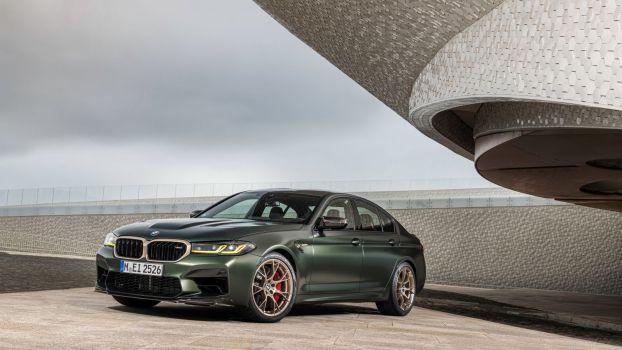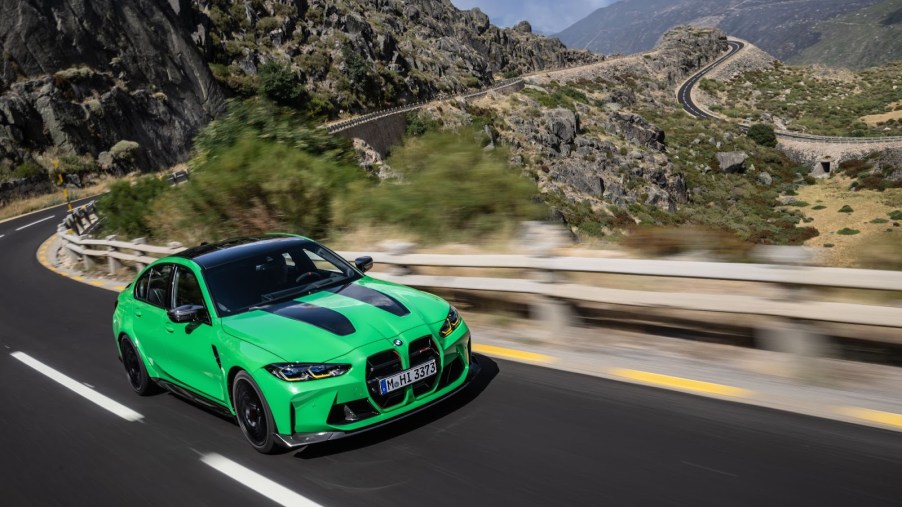
Track Focused or the Lap of Luxury? Comparing the 2023 BMW M3 and BMW M5
The M Performance badge may be a bit watered-down these days, but that doesn’t mean the true M cars aren’t still pulling their weight. Counter to the travesty that is an M Performance SUV is the BMW M3 and M5 lineup. Still carrying the torch of their motorsport-bred ancestors, these two sport sedans keep the M Performance legacy alive.
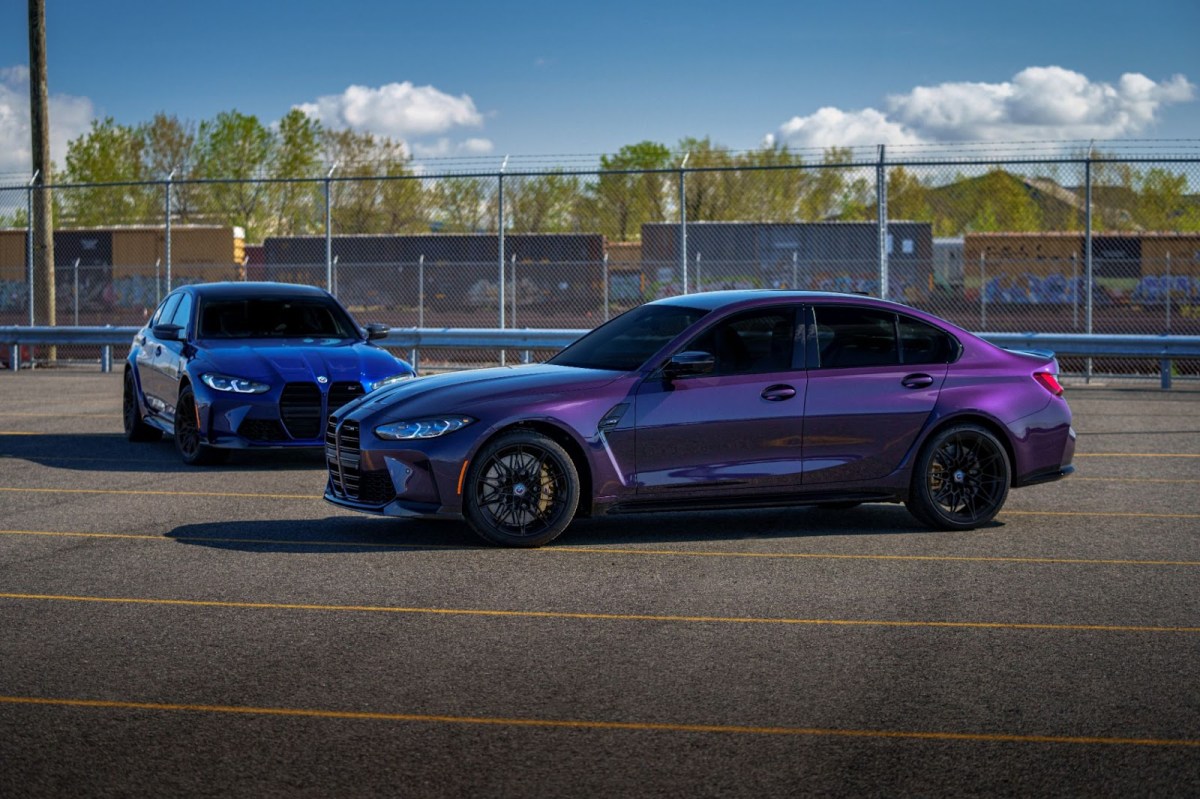
Comparing engine performance in the BMW M3 and M5
Under their respective hoods, it’s clear to see performance differences between the BMW M3 and BMW M5. The smaller model sports a BMW M Twinpower turbocharged inline-6 with three unique variations to choose from.
The base M3 makes 473 horsepower and 406 pound-feet of torque, while the Competition variant ups the ante to 503 ponies and 479 pound-feet. And in its latest revision, the M3 CS, that setup now makes 543 horsepower and the same 479 pound-feet of torque. In testing, the M3 Competition did the sprint to 60 mph in 3.4 seconds, compared to 4.1 ticks for the base car.
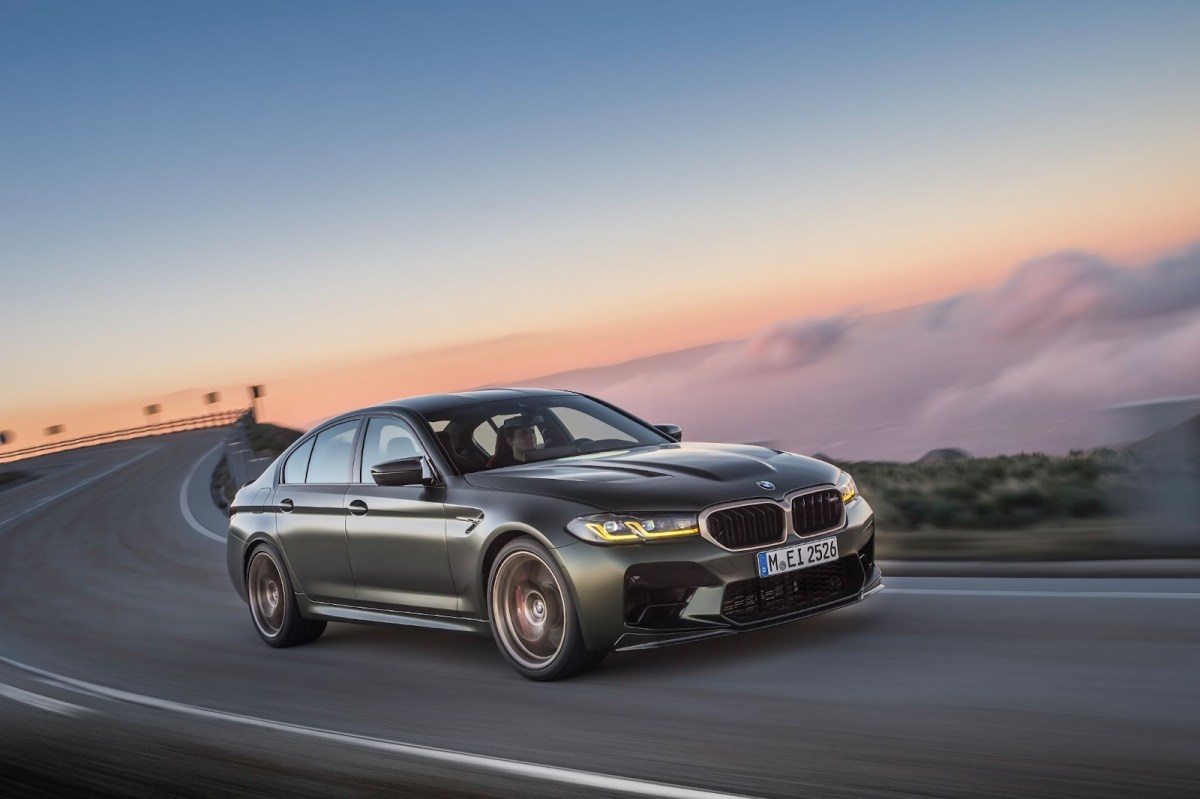
Moving on to its bigger brother, the BMW M5 features a very different setup under the hood. Here a 4.4-liter twin-turbo V8 monster stares back at you. Delivering 600 horsepower in its stock form, you’ll be the one that blinks first. Both the base car and the M5 Competition make 553 pound-feet of torque, despite the Comp delivering 17 additional horsepower.
All told, the M5 uses all that grunt to hurtle itself from a standstill to 60 mph in just 3.2 seconds. That’s undoubtedly quicker than its little sibling, but the story isn’t over just yet.
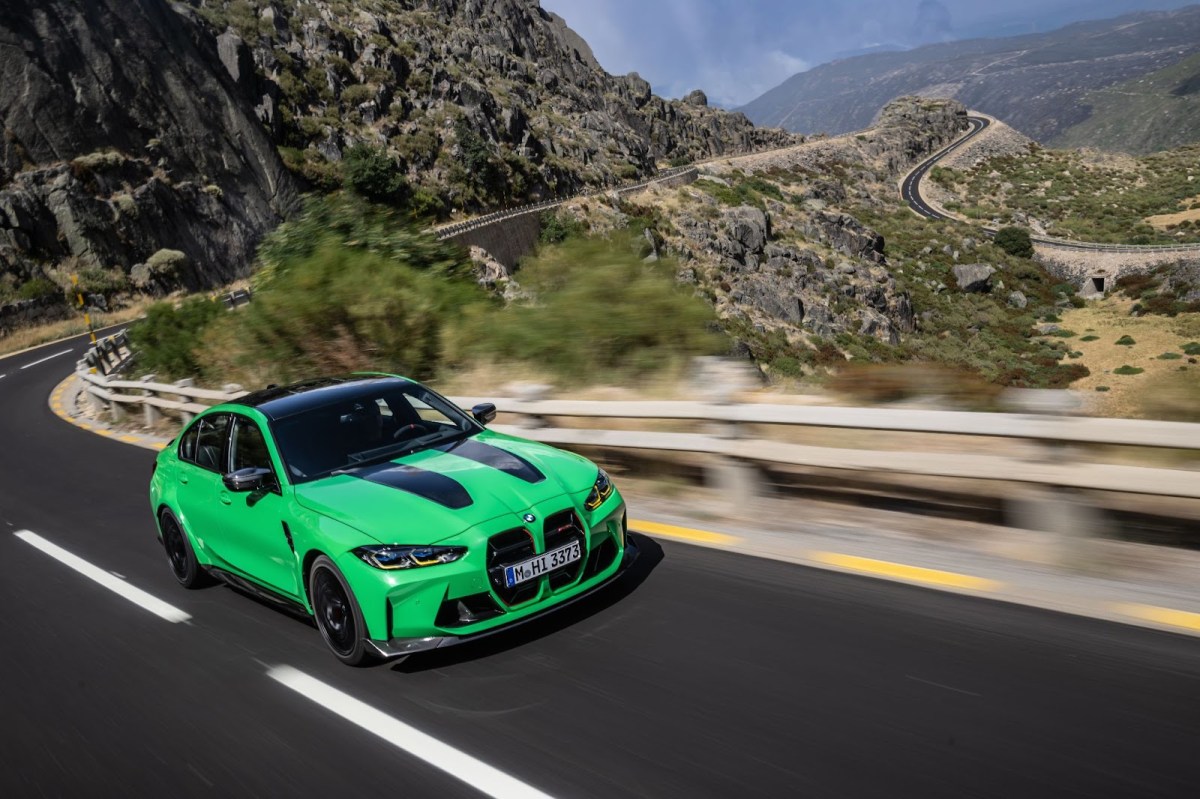
Numbers don’t tell the whole story of the BMW M3 and M5
Of course, real-world ownership tells a vastly different story of what the BMW M3 and M5 have to offer. If straight-line performance is your only bag, of course, the V8 brute is the clear winner. But for those that prefer their drives to include a few apexes, the M3 starts to show its might.
In Car and Driver testing around Virginia International Raceway, the xDrive BMW M3 clocked in a time of 2:53.50. That’s a full two seconds faster than its V8 stablemate, meaning that the smaller M car clearly makes up a lot of time when the asphalt gets bendy.
Around the Sachsenring in Germany, the same two-second gap exists between the two cars. And while driver skill and conditions could be a factor, it’s the lightness of the M3 that makes this difference feel legitimate.
That’s because the smaller M sedan weighs around 3,800 pounds, while the fullsize four-door checks in at nearly 500 pounds more. That may not seem like much on paper, but weight is only part of the equation.
The M5 is also considerably longer than the M3, which means getting it to change direction is a bigger challenge. And while together these factors may make for incremental losses in an individual corner, over the course of several, they add up to a substantial difference.
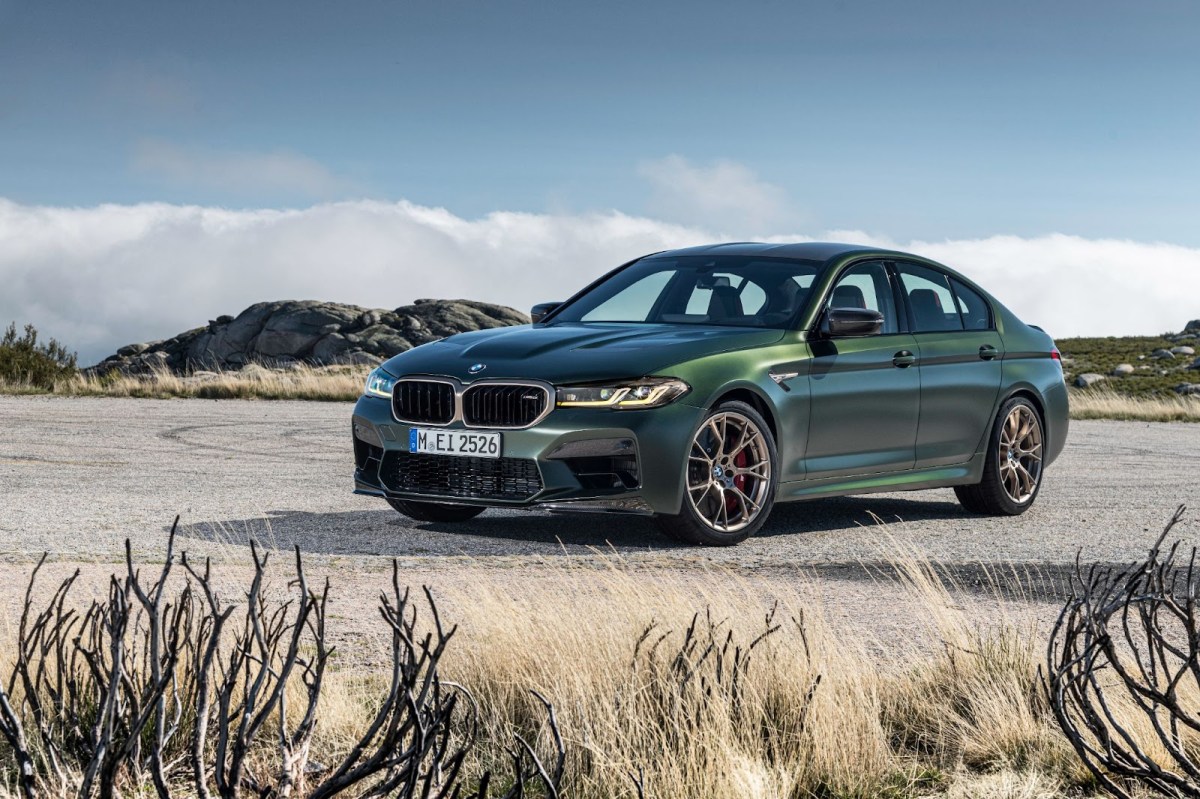
Which BMW M car is best?
That the two are ultimately so close on performance makes deciding between these M cars a tough choice. In the end, driver preference matters more than any one statistic, and it’s here where these cars truly differ. Straightline speed is clearly the M5s forte while handling makes the M3 a winner. In truth, there are no wrong answers – they’re just two different ways to make driving fun.
